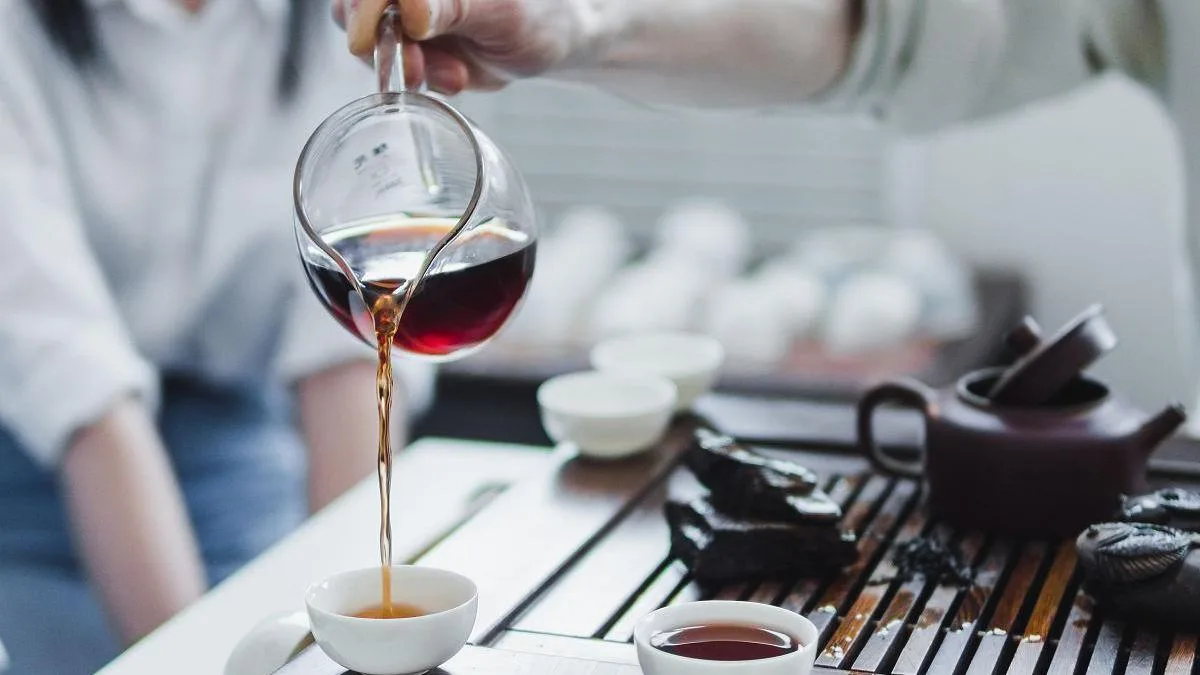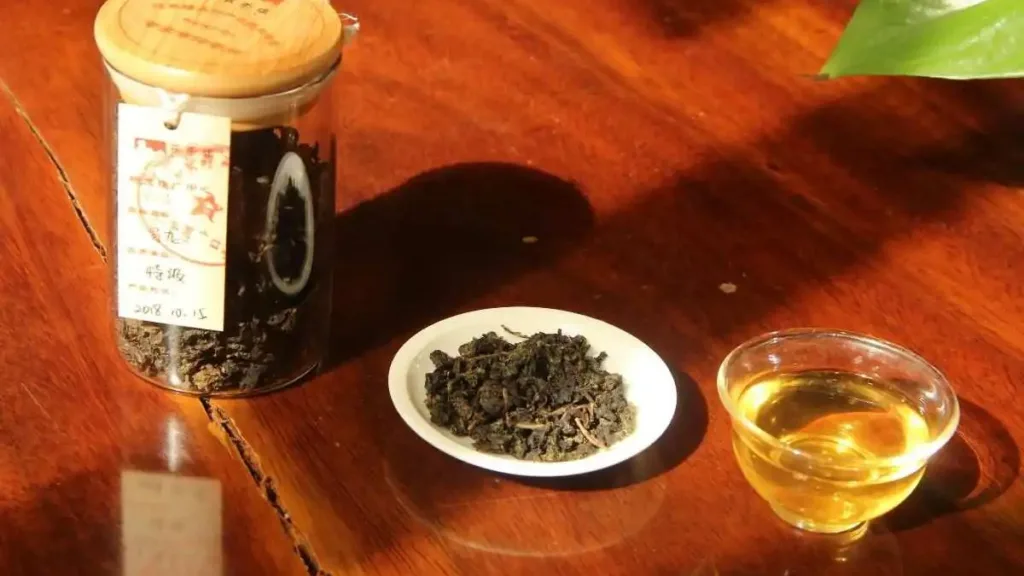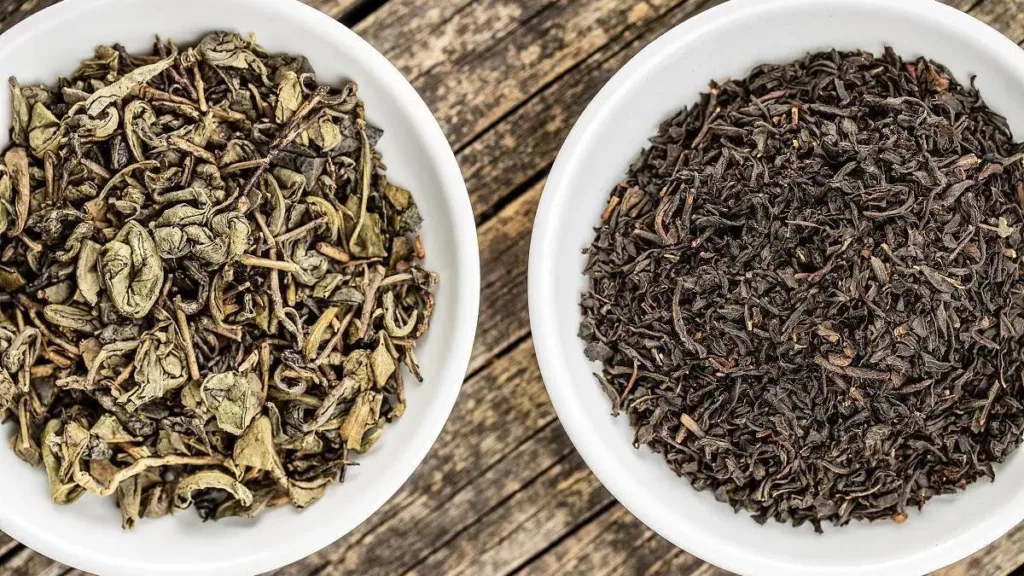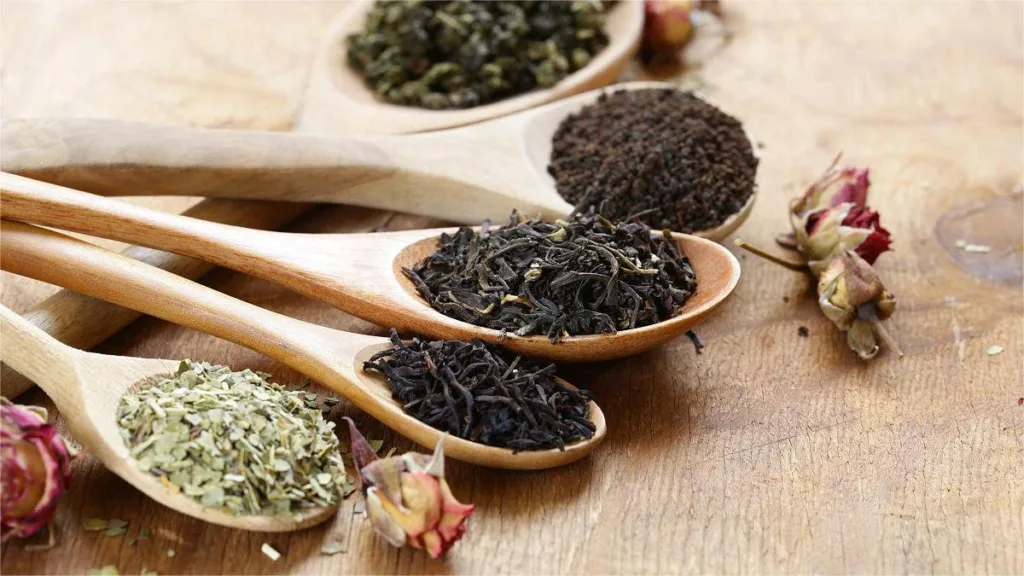The Chinese tea ceremony, or “茶礼” (chá lǐ) and tea customs, is far more than a simple box of tea leaves. Tea, as a cultural symbol with profound significance and associations with health and longevity, is often chosen as a gift. The tea ceremony involves much more than gifting a box of tea; it encompasses various intricate rituals. Beyond its use in festive occasions, the tea ceremony is also employed in solemn events such as ceremonies and funerals.
Tea has transcended being a mere commodity; it has become a messenger of Chinese ritual civilization. Due to the vast geographical expanse of China and the diverse lifestyles of its fifty-six ethnic groups, tea customs vary across regions.
Tea in Daily Interactions
First and foremost, tea plays a crucial role in daily interactions. In ancient teahouses, tea was closely linked to hospitality. Whether for emperors, generals, or common folks, serving tea to guests was a common practice. The tradition of serving tea to guests dates back to the Eastern Jin period. With the development of both society and tea itself, serving tea to guests became a daily habit. In the Jiangnan region, people even add green olives or kumquats to the tea, symbolizing auspicious wishes for the new year.
Different regions have their preferred types of tea for hosting guests. Green teas like Longjing and Biluochun are popular in Jiangnan, while jasmine tea is favored in the northern regions. Inner Mongolia takes pride in serving milk tea, and Tibet’s butter tea represents the host’s warmth and respect.
The tradition of presenting tea as a gift has existed throughout history, from emperors’ royal gifts to exchanges between ordinary people. Today, tea ceremonies are an essential choice for gifts during holidays and celebrations. They not only showcase one’s taste but also express respect for friends.
Tea and Marriage
Secondly, tea holds special significance in marriages, representing purity, steadfastness, and the wish for many children. The connection between tea and marriage dates back to the Tang Dynasty. Scenes of newlyweds serving tea to their parents are commonly portrayed in historical dramas. Tea is considered the purest, symbolizing the purity of love; its unchanging nature represents the steadfastness of love, and the abundance of tea seeds symbolizes the continuity of offspring.
In festivals and traditions, tea ceremonies have rich expressions. Every Lunar New Year’s Day involves the custom of “New Year Tea.” The second day of the second lunar month is dedicated to “Flower and Herb Tea.” Various tea customs are observed during festivals like Qingming, Dragon Boat Festival, and the beginning of summer. These ceremonies express people’s pursuit of a better life.
Tea in Rituals and Funerals
Finally, tea also plays a significant role in rituals and funerals. Considered a pure and noble item, tea is most suitable for offering to gods and ancestors. In folklore, tea offerings have a long history, with the use of tea as a burial item dating back over 2,100 years to ancient Western Han tombs. The use of tea as a funerary item has two explanations: it was a necessity of life, or it was believed to have purifying properties, capable of adsorbing odors and reducing tomb pollution.
The tea ceremony and its customs are extensions of the characteristics of tea. Although some customs carry elements of feudal superstition, they highlight the essential role of tea in Chinese culture. As a traditional gift, tea not only embodies people’s aspirations for a better life but also showcases the continuity of Chinese ritual civilization. Tea ceremonies are not only a part of China’s five-thousand-year cultural development but also an integral component of the traditional culture of the Chinese nation.
With China’s vast geographical span and fifty-six ethnic groups, different regions have evolved distinct tea customs.
(1) Daily Interactions: Serving Tea to Guests
“Sit, please sit, take a seat; tea, make tea, brew a good cup of tea.” These famous lines reflect the vital role of tea in the daily interactions of ancient Chinese people. In various literary and artistic works, offering tea to guests is portrayed as a common and essential practice.
Lao She’s play “Teahouse” vividly depicts the sorrows and tribulations of the common people through the lens of a small teahouse. It reveals the darkness and corruption of Chinese society in the first half of the 20th century. Lao She beautifully portrays the close relationship between tea and people.
The social nature of tea can be traced back to the Eastern Jin period. By the Tang and Song dynasties, serving tea to guests had become a daily practice, and various forms of tea gatherings emerged. In the Ming and Qing dynasties, serving tea to friends and guests became widespread.
“Winter night guests arrive; tea as wine, bamboo stove boiling, the fire turning red.” “Sighs in old age, old friends gone; who will share a cup of tea at noon?” “No way to hold a bowl; send it to the tea lover.” These poems from ancient literati reveal the significant role that tea played in their lives and social interactions.
The tradition of exchanging tea as a gift has continued throughout history, from emperors to common people. Today, tea ceremonies have become a popular choice for gifts during festivals.
(2) Promoting Communication: The Essence of Tea Art Etiquette
The essence of tea art etiquette lies in using tea as a medium to calm the mind and enhance the exchange and communication between people. Tea art etiquette occasions emphasize harmony, turning the interaction between hosts and guests into a lively and dynamic engagement.
(3) Enhancing Cultivation: A Precise and Meticulous Practice
Tea art etiquette involves precise and meticulous steps, demanding attention to every detail. This level of diligence often elevates a person’s cultivation and quality, especially in their work and daily life.
In conclusion, tea art etiquette embodies the beautiful connotations of Chinese culture and is an important part of traditional Chinese culture. Tea art etiquette not only nurtures sentiments but also holds significant practical value in life, work, communication, and interaction.



